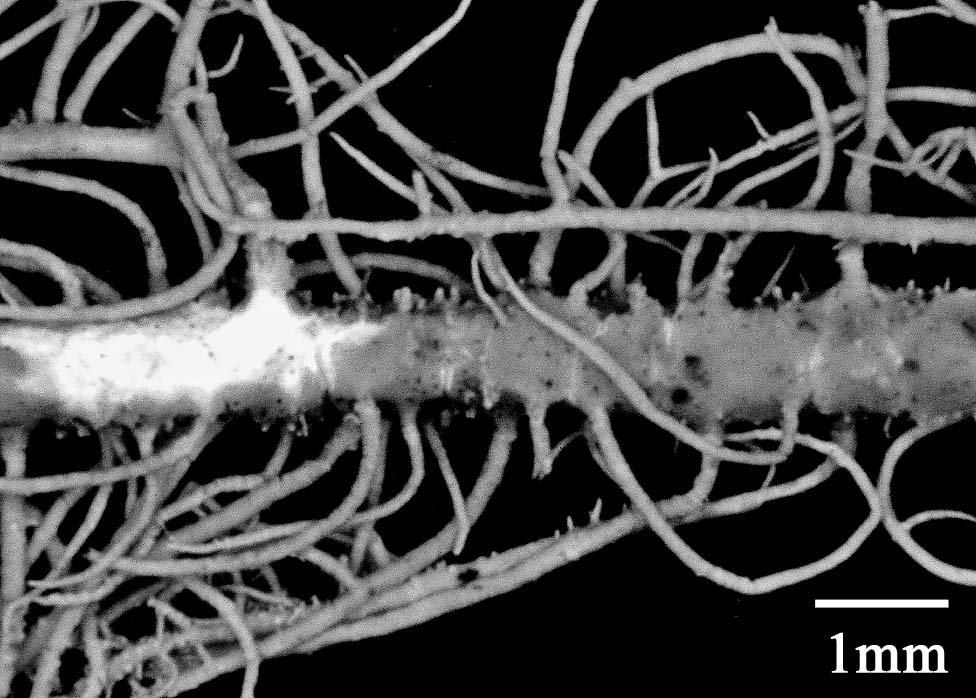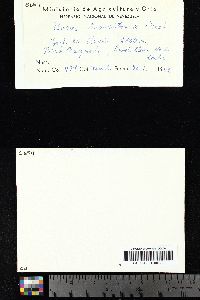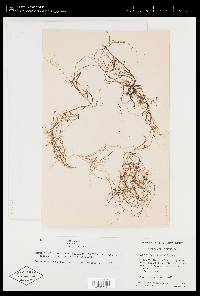
Consortium of Lichen Herbaria
- building a Global Consortium of Bryophytes and Lichens as keystones of cryptobiotic communities -
- Home
- Search
- Images
- Species Checklists
- US States: O-Z >
- US National Parks
- Central America
- South America
- US National Parks
- Southern Subpolar Region
|
|
|
|
Family: Parmeliaceae
|
Nash, T.H., Ryan, B.D., Gries, C., Bungartz, F., (eds.) 2007. Lichen Flora of the Greater Sonoran Desert Region. Vol 3. Thallus: pendulous, up to 250 cm long, stiff, poorly to moderately branched branching: anisotomous-dichotomic, parallel basal part: concolorous with or paler than the branches, with distinct annulations, often with many points of attachment branches: cylindrical; lateral branches: not narrowed at point of attachment segments: cylindrical to slightly trapezoidal, weakly to strongly ridged, sometimes slightly alate, with small to extensive areas where cortex is erose papillae: absent tubercles: conspicuous, low and large, verrucous to truncate-conical, paler at top, sometimes eroded, frequent on secondary branches fibercles: absent fibrils: short (0.5-2 mm), up to long (3-10 mm), mostly spinulose, in a fishbone-like arrangement soralia: punctiform, circular to irregular, smaller than half the diameter of the branch, slightly stipitate, arising on top of tubercles and on cracked ridges, often becoming confluent and thus looking like large convex to capitate soralia isidiomorphs: on both young and mature soralia, conspicuous pseudocyphellae: short and linear, inconspicuous on secondary and thin branches cortex: thin to moderately thick (4-12%), often erose, especially on main branches medulla: thin and compact, not pigmented axis: thick, often fistulose at base of main branches Apothecia: not seen Spot tests: K+ yellow turning red, C-, KC-, P + orang-ish yellow, or K-, C-, KC-, P- Secondary metabolites: salazinic (major) or caperatic (major) acids. Substrate and ecology: on bark World distribution: southern North America and South America Sonoran distribution: Baja California Sur and Chihuahua (Sierra Madre Occidental). Notes: Usnea transitoria is characterized by a pendulous habitus, a thick central axis, ridged segments with an erose cortex, punctiform confluent soralia, conspicuous tubercles that are frequently eroded at top, and salazinic or caperatic acid as its main secondary product. This species is closely related to U. goniodes that has numerous apothecia and lacks soralia. |
Powered by Symbiota


















